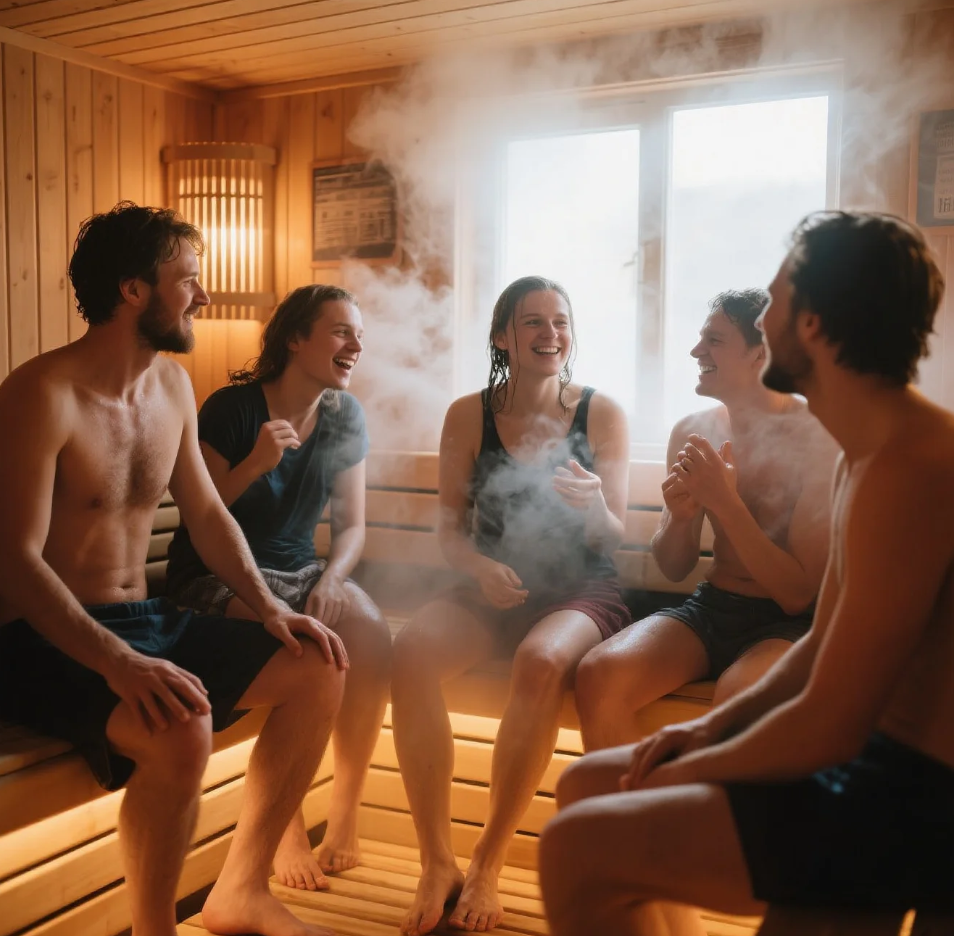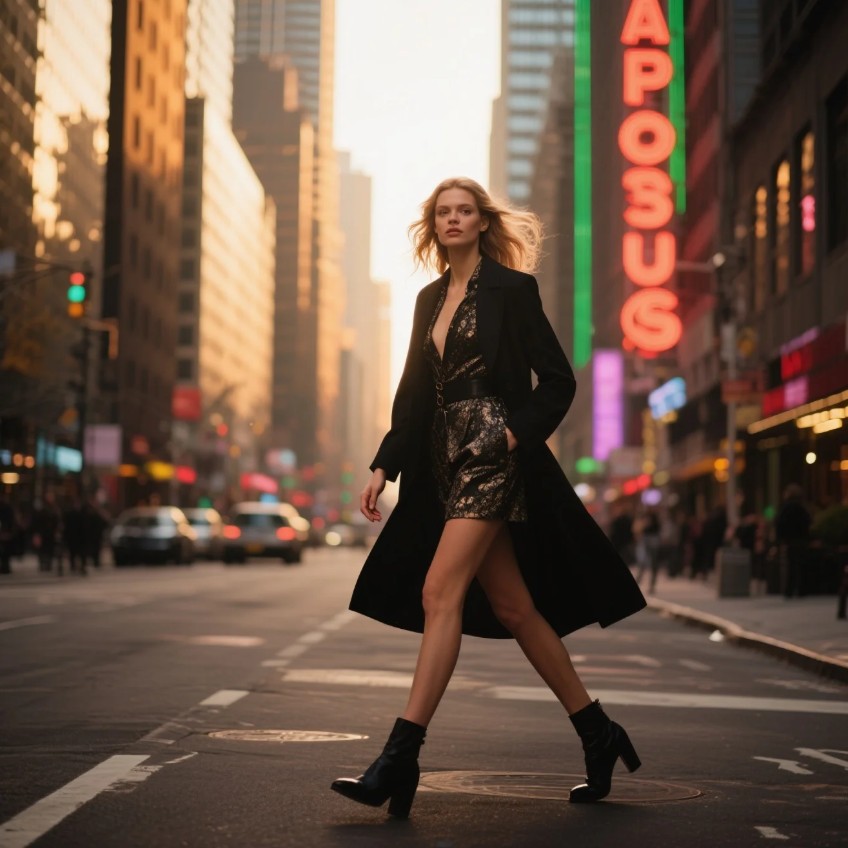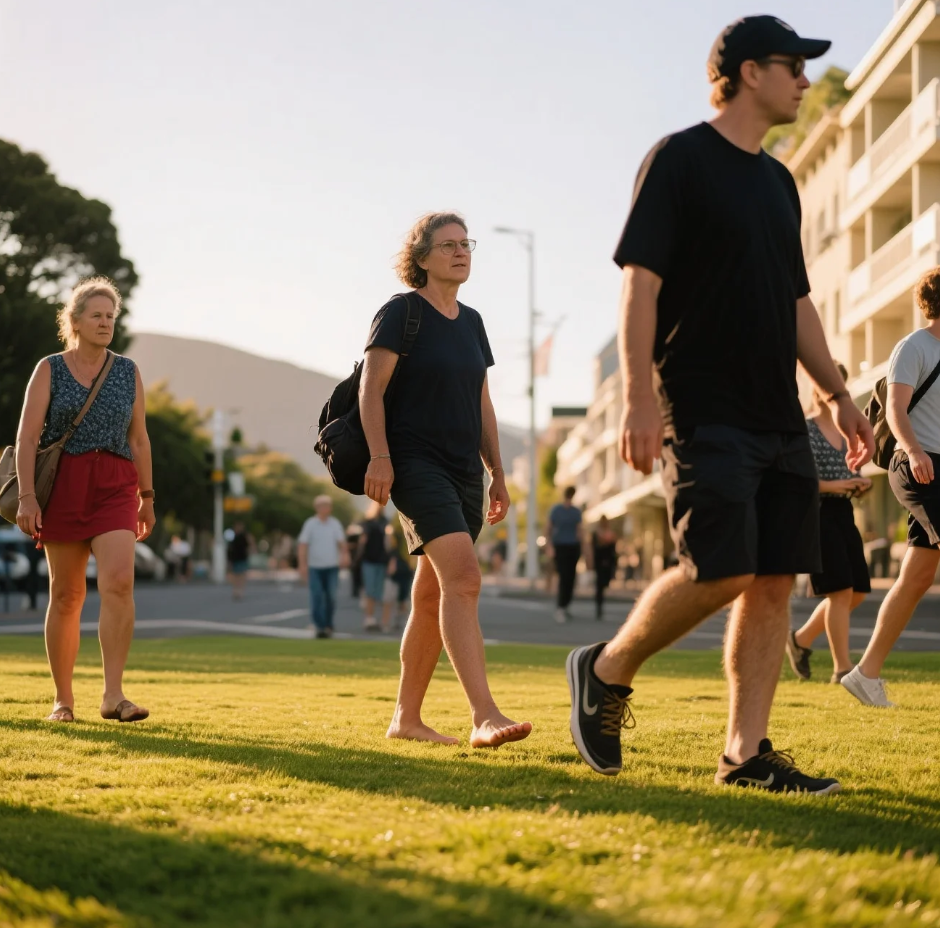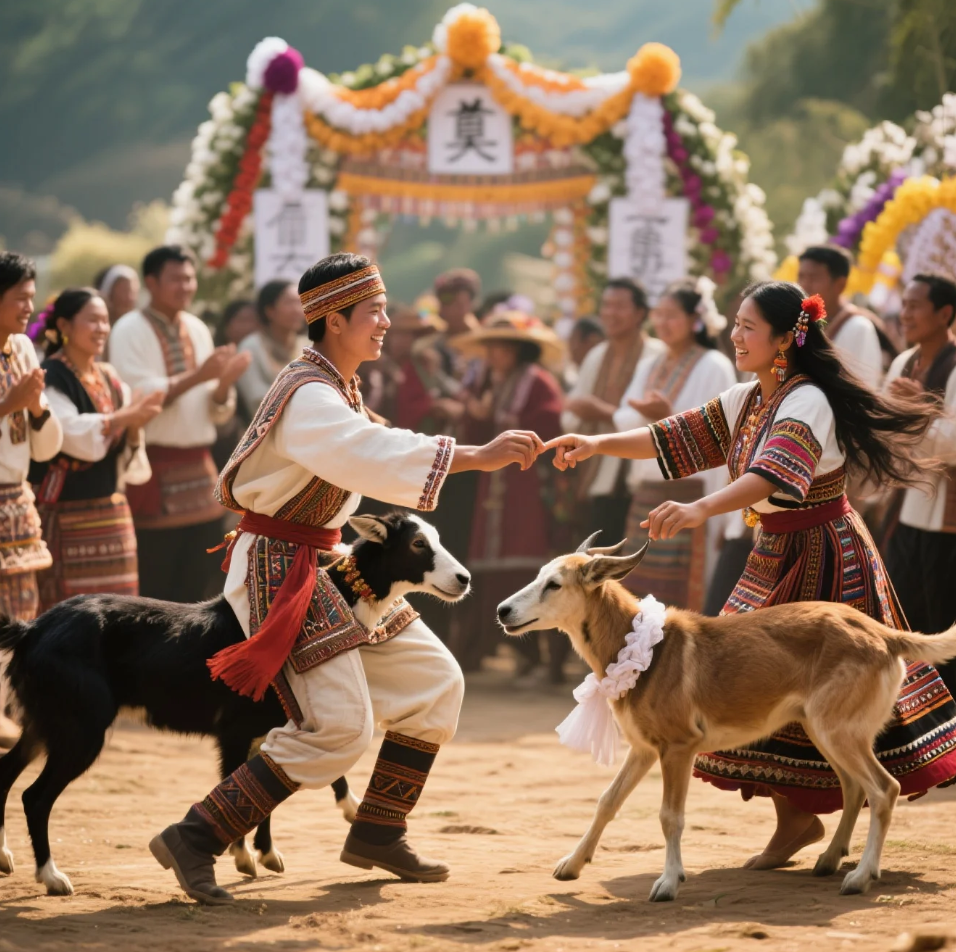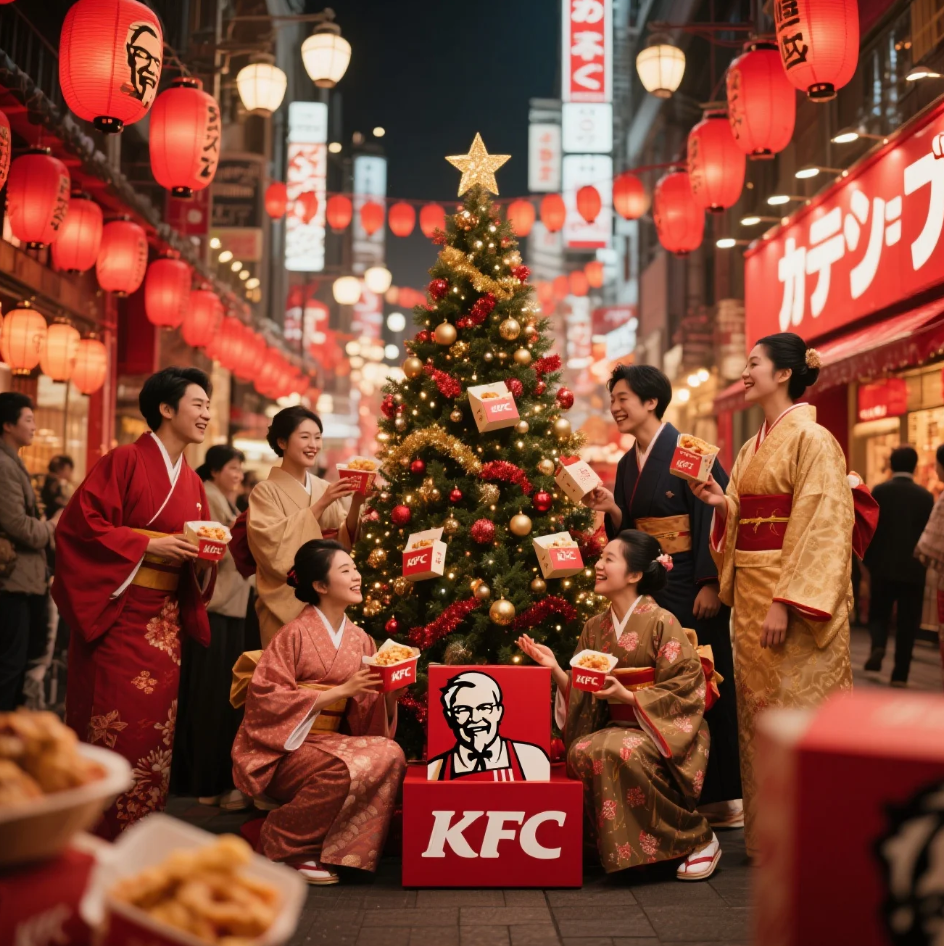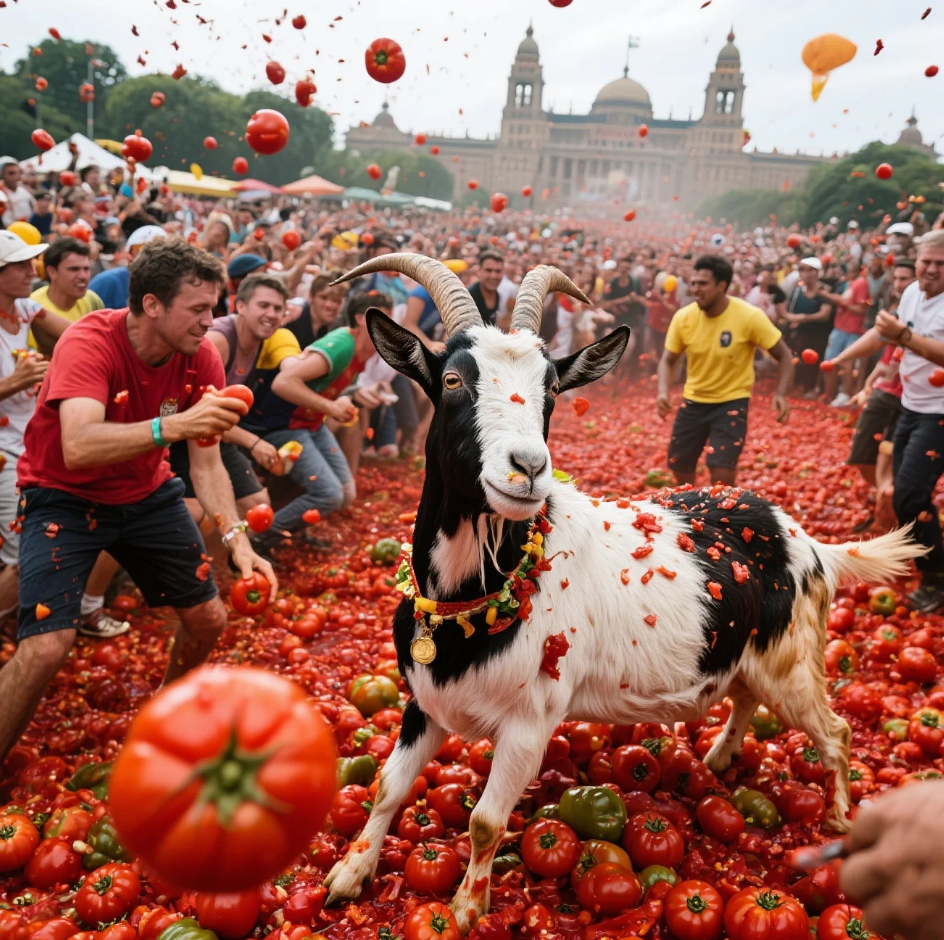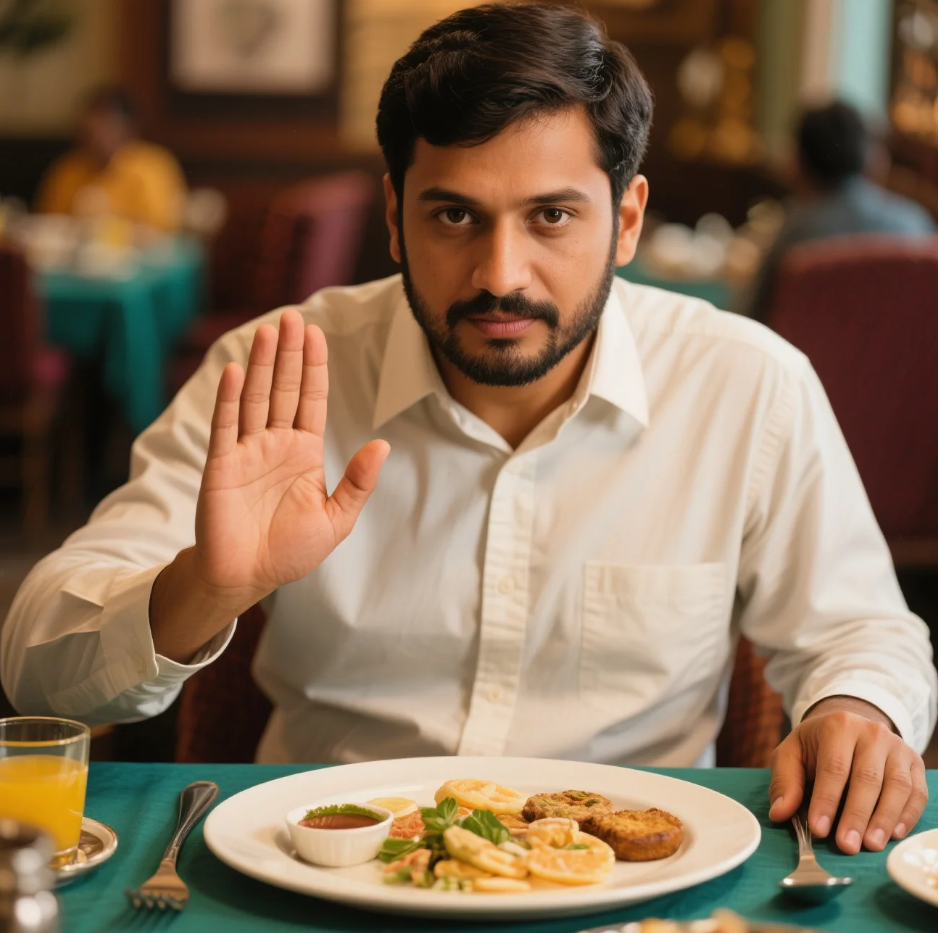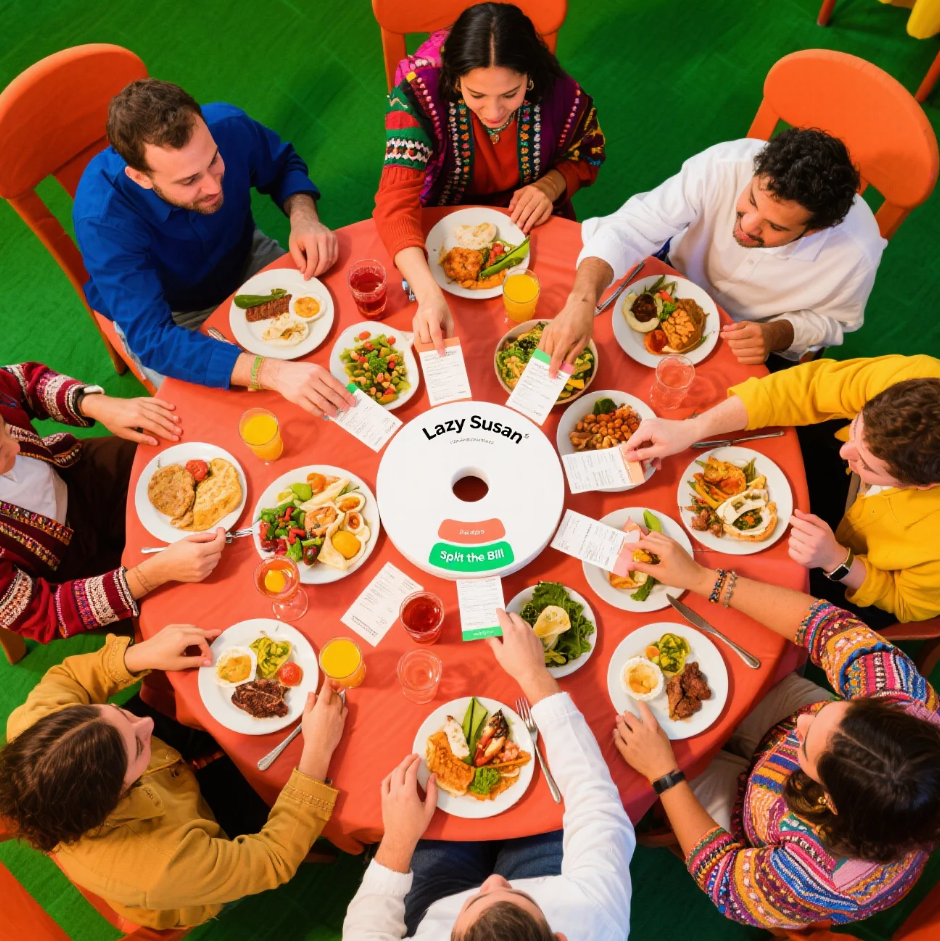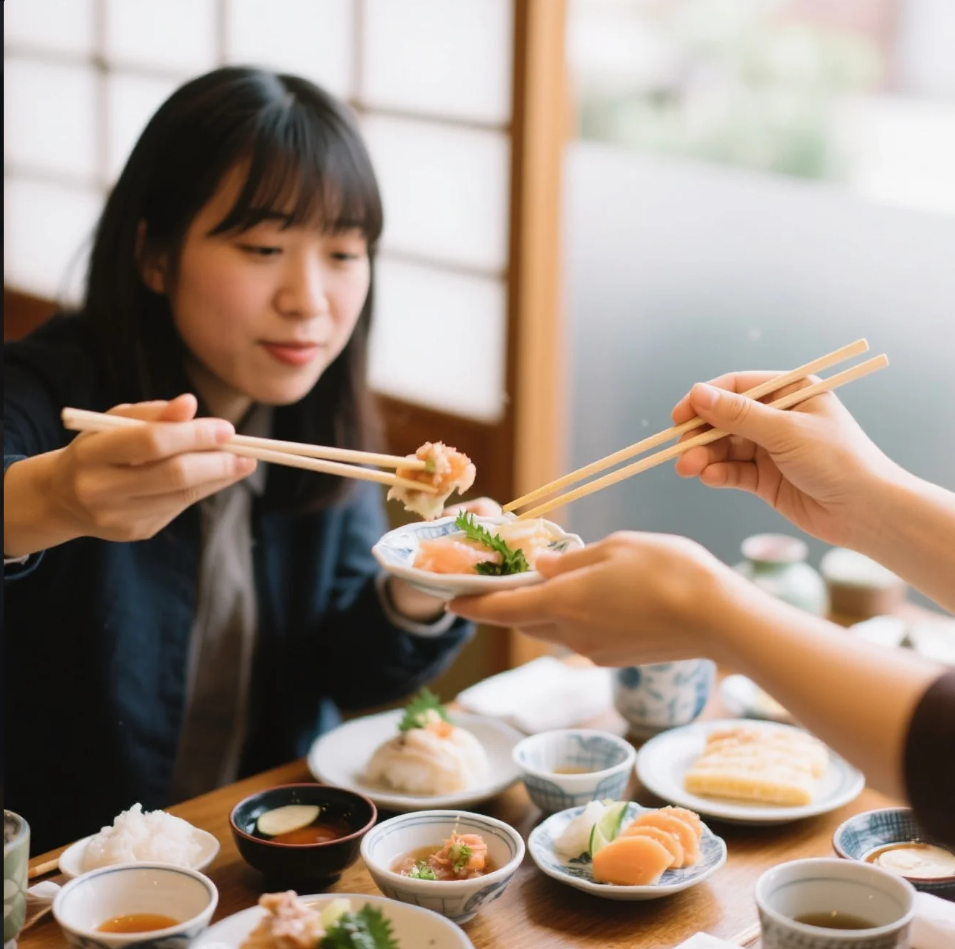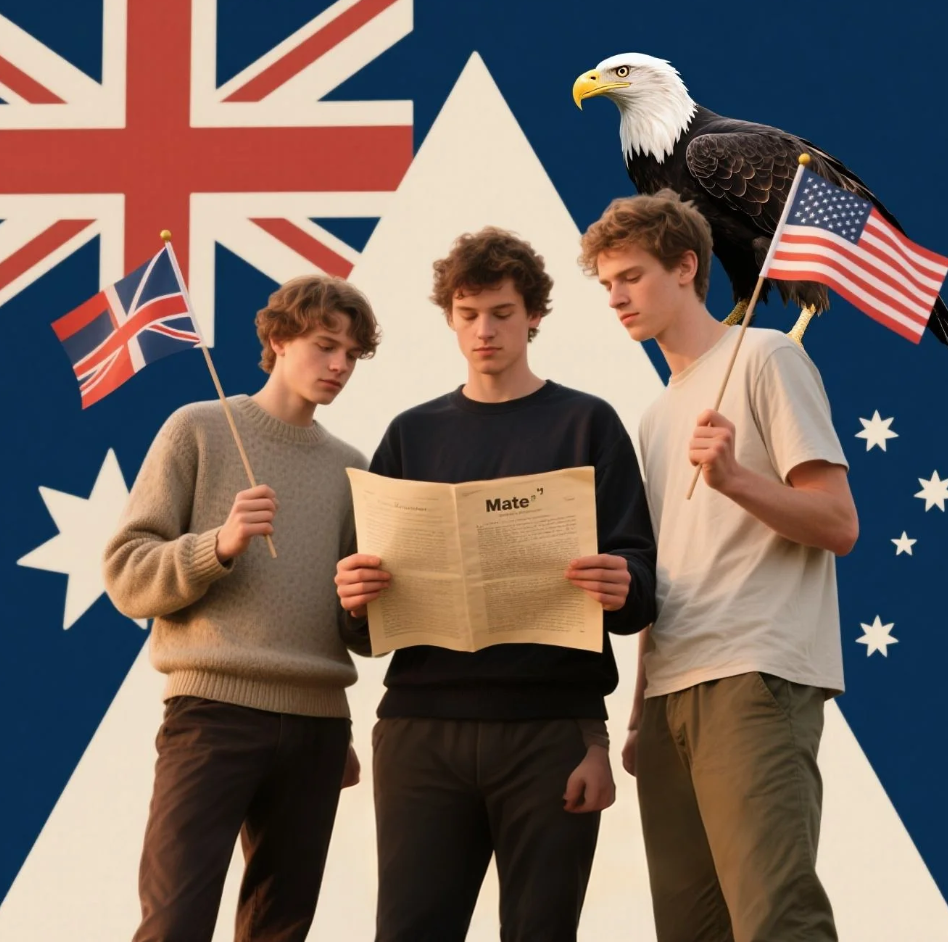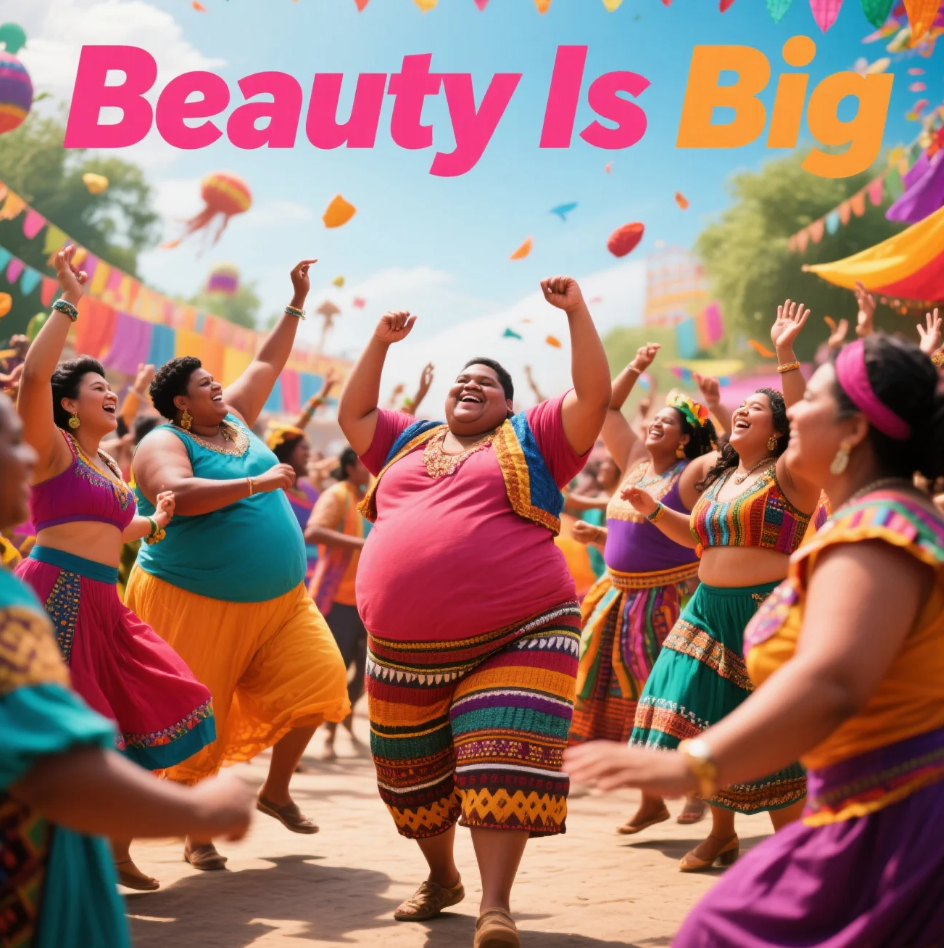
When we think about beauty standards around the world, many images immediately come to mind—slim runway models, chiseled faces, and toned bodies. However, what’s considered beautiful is far from universal. While Western culture often promotes thinness as the ultimate ideal, some cultures go in the completely opposite direction. In these societies, bigger bodies aren’t just accepted—they’re celebrated, revered, and even considered the pinnacle of beauty, wealth, and status. Welcome to the fascinating world where beauty is literally big. Today, we explore several cultures that embrace fuller figures and what this says about their values and histories.
1. The Fulani People of West Africa: The Tradition of Body Fat as a Symbol of Wealth and Fertility
In many West African communities, particularly among the Fulani people, a fuller figure is more than just a fashion statement—it’s a cultural badge of honor. For Fulani women, being overweight is traditionally a sign of prosperity, fertility, and desirability. Historically, families would ensure their daughters gained weight, seeing it as a way to showcase their family’s wealth and social standing. This practice is deeply rooted in the belief that a plump woman is healthier and better suited for childbearing.
The rituals surrounding this tradition often include a period where young women are fed large quantities of nutrient-rich foods, sometimes referred to as “fattening rooms,” to prepare them for marriage. In this context, gaining weight isn’t about vanity but about embracing cultural identity and preparing for adulthood. While modern influences have somewhat changed perceptions, many Fulani women still proudly embody this tradition.
2. The Trobriand Islanders: Where Size Means Social Status
The Trobriand Islands, part of Papua New Guinea, provide another fascinating example. Among the Trobriand Islanders, body size directly correlates with social status and respect. Larger women often have higher standing within the community, as their size is associated with wealth and generosity.
Trobriand culture celebrates abundant bodies as symbols of power and fertility. Fatness is linked to the ability to provide for family and community, and marriage prospects often improve with a fuller figure. Myths and oral traditions reinforce these ideals, painting plumpness as a sign of divine favor and human success.
3. Samoa and Polynesia: Embracing Curves as Beauty and Strength
In Polynesian cultures, especially Samoa, the celebration of fuller bodies is legendary. Samoan society traditionally regards big, strong bodies as a sign of health, leadership, and spiritual strength. Unlike many Western ideals that equate thinness with beauty, Samoans see curves as a reflection of balance between physical, emotional, and social well-being.
This cultural ideal connects closely with respect for elders and leaders, many of whom are revered not only for their wisdom but also for their impressive physical presence. Today, Samoa continues to champion body positivity, with many Samoans embracing their natural forms as symbols of cultural pride in a world increasingly obsessed with slenderness.
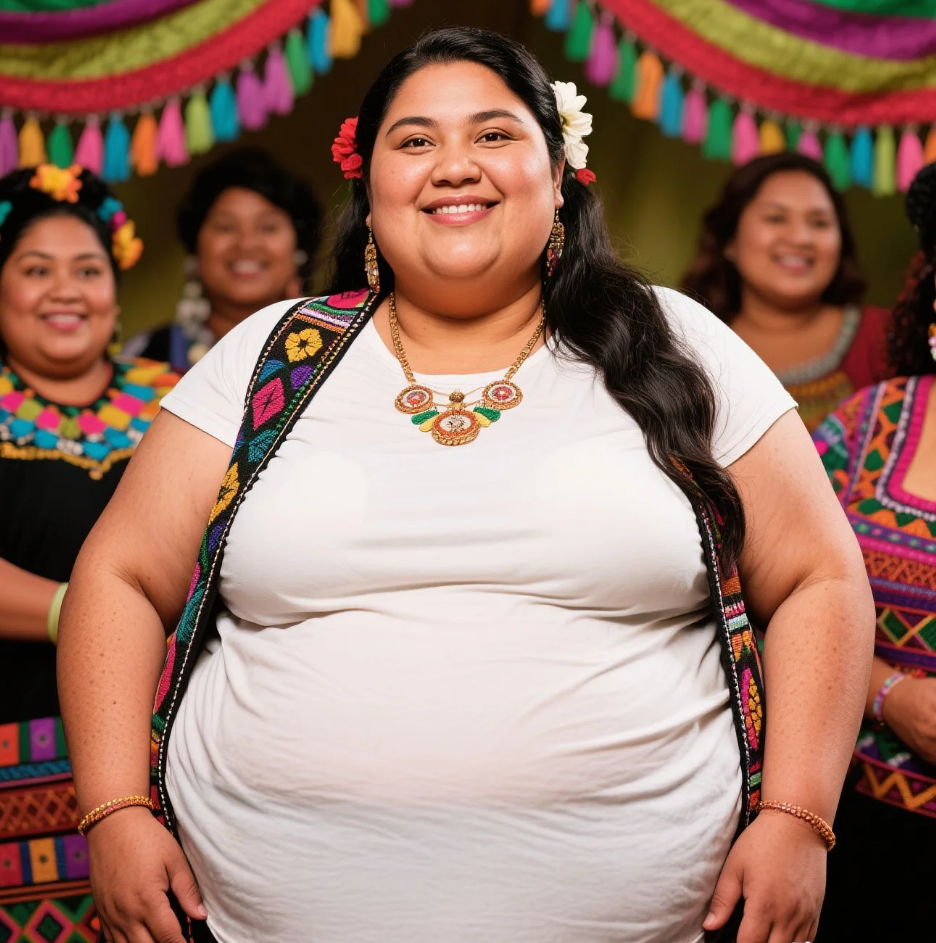
4. Mauritania’s ‘Fattening Rooms’: Preparing Girls for Womanhood
Perhaps one of the most well-known traditions linked to celebrating larger bodies is Mauritania’s practice of “leblouh,” or fattening rooms. In Mauritania, it’s customary for girls to undergo an intensive fattening period before marriage. Families encourage them to eat vast quantities of calorie-dense foods, believing that a plump bride will bring good fortune, fertility, and respect to the family.
This practice has its roots in centuries-old beliefs where body fat signified not only beauty but survival in harsh desert climates. Though controversial and increasingly criticized internationally for health and ethical reasons, leblouh remains a significant cultural practice for many Mauritanian families, symbolizing tradition and identity.
5. The Caribbean’s Curvy Culture: From Calypso Queens to Carnival Queens
The Caribbean offers a vibrant celebration of curves that permeates music, dance, and festivals. From the calypso queens of Trinidad and Tobago to the carnival queens parading through the streets, fuller figures are admired and glorified. This cultural embrace of body positivity is deeply linked with the region’s lively celebrations, where movement, rhythm, and sensuality take center stage.
Curvy bodies are seen as joyful, powerful, and feminine, reinforcing a positive self-image. The Caribbean’s global cultural influence has even begun reshaping Western perceptions, with many artists and celebrities proudly flaunting their curves and challenging narrow beauty standards.
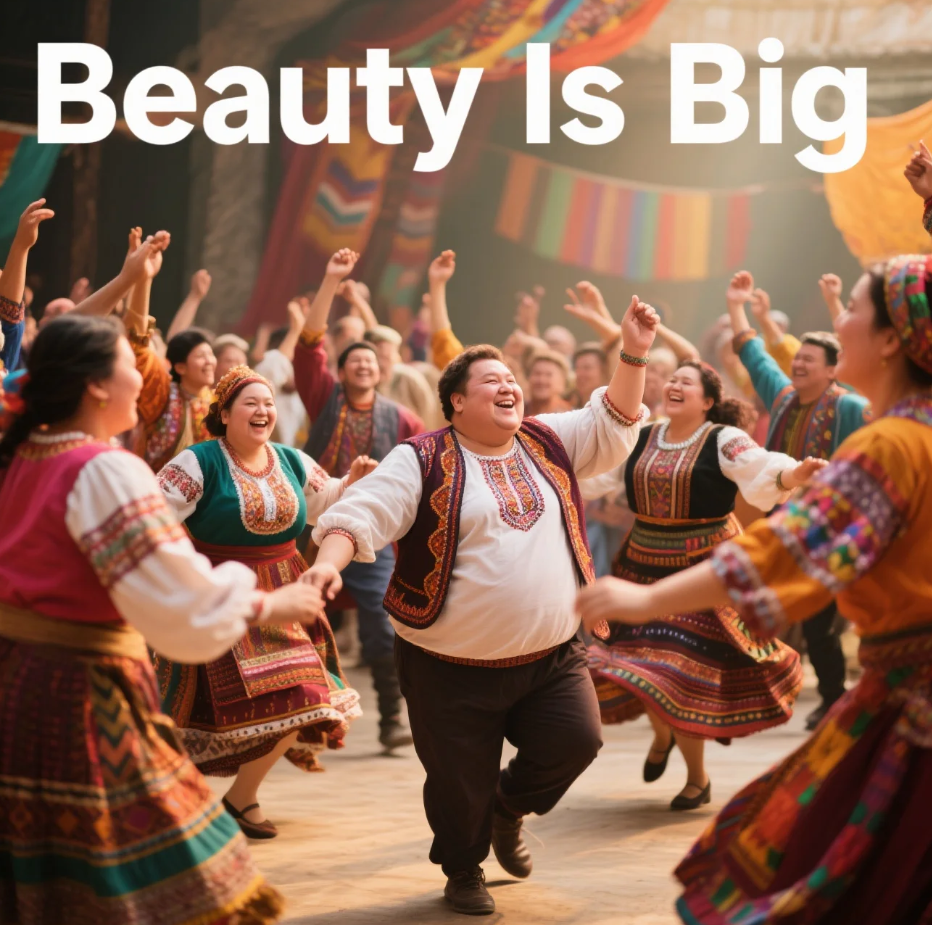
6. Why These Cultures Matter in Today’s Globalized Beauty World
In our increasingly interconnected world, beauty standards often converge into a narrow, homogenized ideal, mostly influenced by Western media. However, the existence and celebration of bigger bodies in these diverse cultures remind us that beauty is multifaceted and culturally relative.
Recognizing and respecting these traditions is crucial for promoting mental health, self-acceptance, and social inclusion. When cultures celebrate fuller figures, they offer alternative narratives that challenge harmful stereotypes about weight and health. These perspectives can inspire a more inclusive understanding of beauty that values diversity in shape, size, and heritage.
Conclusion
The cultures we’ve explored today celebrate being big not just as a physical trait but as a rich cultural symbol tied to identity, health, social status, and beauty. From the fattening rooms of Mauritania to the vibrant carnivals of the Caribbean, these traditions remind us that beauty standards are not one-size-fits-all.
By appreciating these diverse ideals, we open the door to greater acceptance and respect for bodies of all sizes. So next time you hear the phrase “beauty is big,” remember it’s more than just a statement—it’s a celebration rooted in centuries of culture and tradition, proudly standing against the narrow beauty norms of today’s world.
